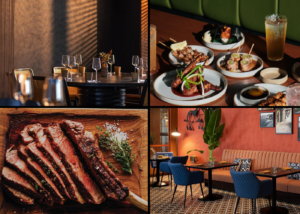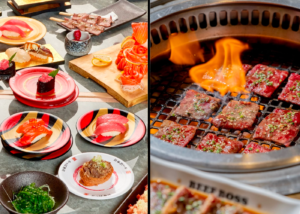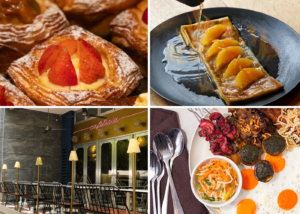In the dynamic world of the restaurant industry, understanding and navigating peak times is crucial for success. Two of the most significant periods are the lunch rush during weekdays and the weekend rush. Each has its unique challenges and opportunities, demanding distinct strategies to optimize operations, enhance customer experience, and maximize revenue. Let’s explore the differences between the lunch rush and the weekend rush and how restaurants can effectively manage both.
The Lunch Rush: Weekday Frenzy
Characteristics
The lunch rush, typically occurring between 11:30 AM and 2:00 PM on weekdays, is driven by professionals and workers seeking a quick, satisfying meal during their lunch breaks. This period is marked by:
- High Turnover: Customers need to be served quickly to get back to work, necessitating efficient service and quick meal preparation.
- Limited Time: Diners often have only 30 minutes to an hour for lunch, emphasizing the need for speed without compromising quality.
- Regular Customers: Many patrons are regulars who visit frequently, offering an opportunity to build a loyal customer base.
Strategies for Success
- Streamlined Menu: Offer a limited, focused menu with items that can be prepared and served quickly. Consider pre-made or easily assembled dishes.
- Efficient Ordering Systems: Implement online ordering, self-service kiosks, or mobile apps to speed up the ordering process and reduce wait times.
- Preparedness: Ensure staff are well-prepared for the rush with adequate training and a well-organized kitchen. Prep ingredients in advance to reduce cooking time.
- Express Service: Offer express lunch options or grab-and-go meals for those in a hurry.
The Weekend Rush: Leisurely Crowds
Characteristics
The weekend rush typically spans from Friday evening to Sunday night and attracts a diverse crowd, including families, groups of friends, and tourists. This period is characterized by:
- Longer Dining Experiences: Customers are more likely to linger, enjoying a leisurely meal and spending more time at the restaurant.
- Diverse Demographics: The weekend crowd is more varied, including different age groups and larger parties.
- Higher Spending: Patrons are often willing to spend more on appetizers, desserts, and drinks, leading to higher check averages.
Strategies for Success
- Extended Menu: Offer a more extensive menu with a variety of appetizers, entrees, and desserts to cater to diverse tastes and preferences.
- Enhanced Ambiance: Create a welcoming and comfortable atmosphere with attention to decor, lighting, and music to enhance the dining experience.
- Special Promotions: Implement weekend specials, such as brunch menus, happy hours, or live entertainment, to attract more customers.
- Staffing Levels: Ensure adequate staffing to handle larger parties and provide attentive service. Consider hiring additional staff or scheduling more experienced employees during peak times.
Balancing Both Rushes
To successfully navigate both the lunch and weekend rushes, restaurants must adopt a flexible and adaptive approach. Here are some tips to balance both:
- Analyze Data: Use POS systems and customer feedback to analyze patterns and preferences for both periods. Tailor strategies based on this data.
- Staff Training: Train staff to handle the different dynamics of each rush, emphasizing speed and efficiency during lunch and customer service and engagement during weekends.
- Inventory Management: Ensure proper inventory management to handle the quick turnover of lunch and the diverse demands of the weekend. Stock up on popular items and have a system in place for quick replenishment.
- Customer Engagement: Build relationships with regular lunch customers through loyalty programs and personalized service. Engage weekend diners with social media promotions and event announcements.
Understanding the distinct characteristics and demands of the lunch rush and weekend rush is essential for any restaurant aiming for success. By implementing targeted strategies for each period, restaurants can enhance customer satisfaction, optimize operations, and boost profitability. Whether it’s the fast-paced environment of a weekday lunch or the leisurely atmosphere of a weekend dinner, mastering these peak times will ensure a thriving and dynamic restaurant business.




